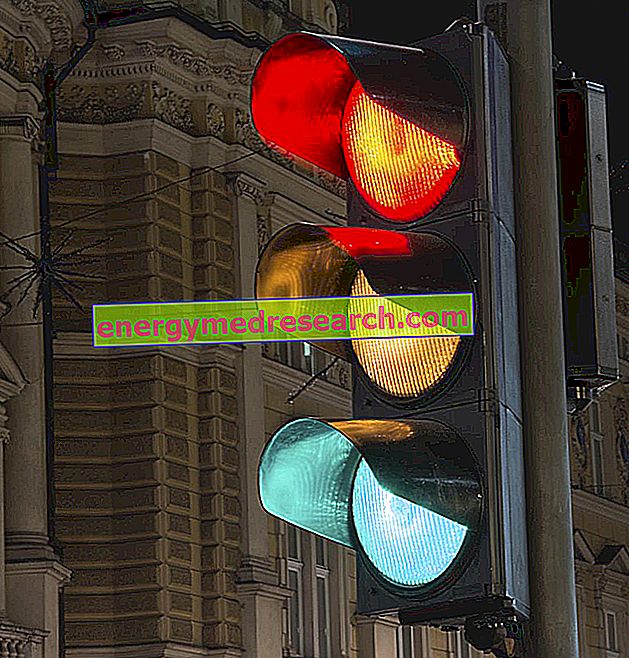
Color blindness (or dyschromatopsia ) is an altered perception of colors. The term is used to define many different defects, however there are various forms and degrees of severity.
Those who are affected are not able (or are only partially able) to recognize certain shades. In the most common form, colorblind is not able to confidently distinguish red and green. In protanopia, in particular, there is no sensitivity to red, while in deuteranopia it is green. Tritanopia is rarer, that is the inability to see blue and yellow.
Those who are affected by protanopia, deuteranopia or tritanopia have a two-color vision (ie they see only two colors), since they do not perceive one of the three primary colors (blue, green or red-yellow).
In light forms, the perception of colors is only slightly modified compared to the norm (simply, some tones are missing from the color spectrum); in the most pronounced color blindness is total ( achromatopsia ), therefore the vision is monochromatic, "in black and white".



